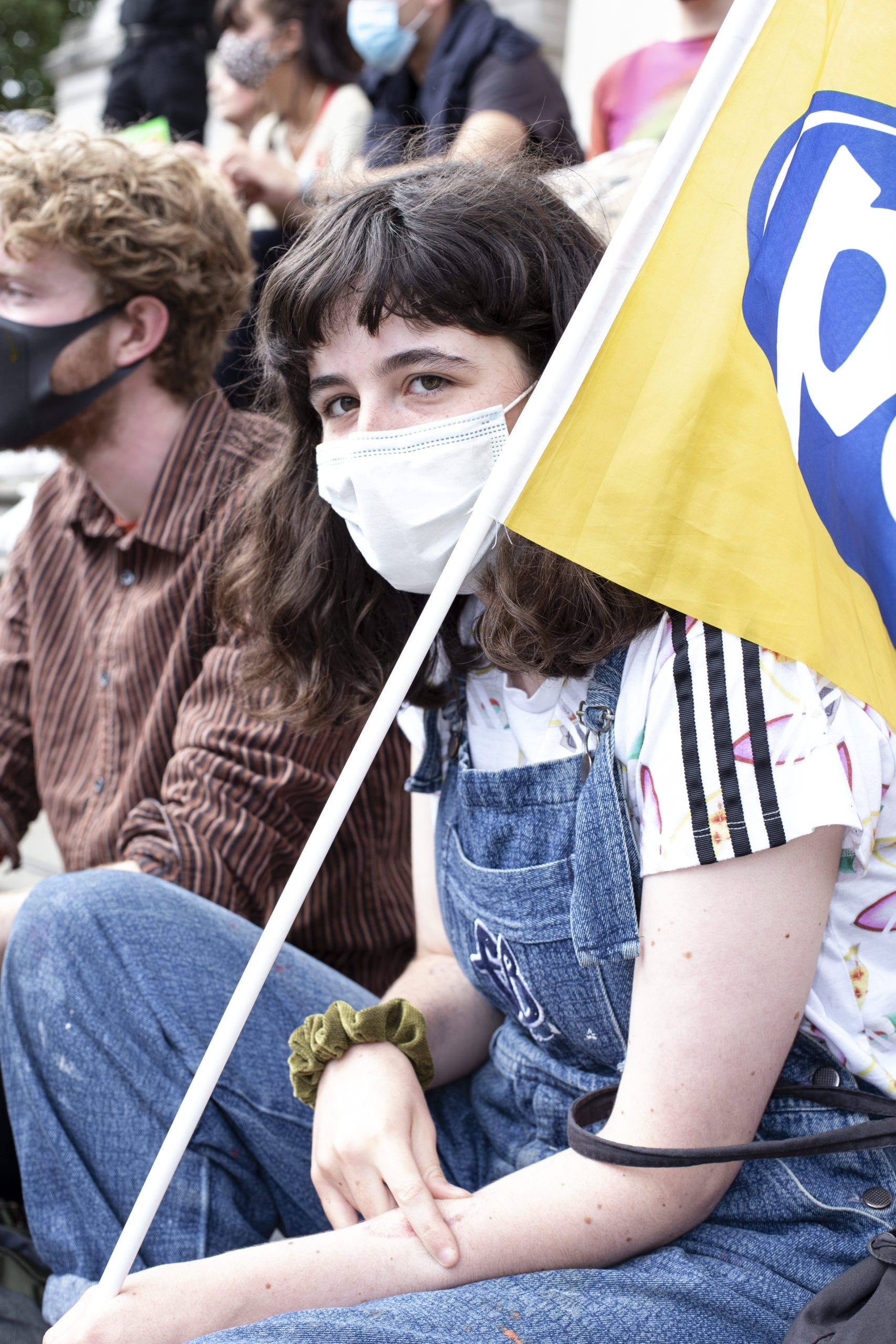The future of art spaces: What can art institutions do to improve in 2021?
Image © Jakub Wajzer
Source:
In Which Language Do We Dream? © Rich Wiles. This exhibition is a co-created project, bringing together a 5-year photographic collaboration between Rich Wiles and the al-Hindawi family through discussions with curator Anne McNeill at Impressions Gallery.
Source:© 2022 - 1854 MEDIA LTD